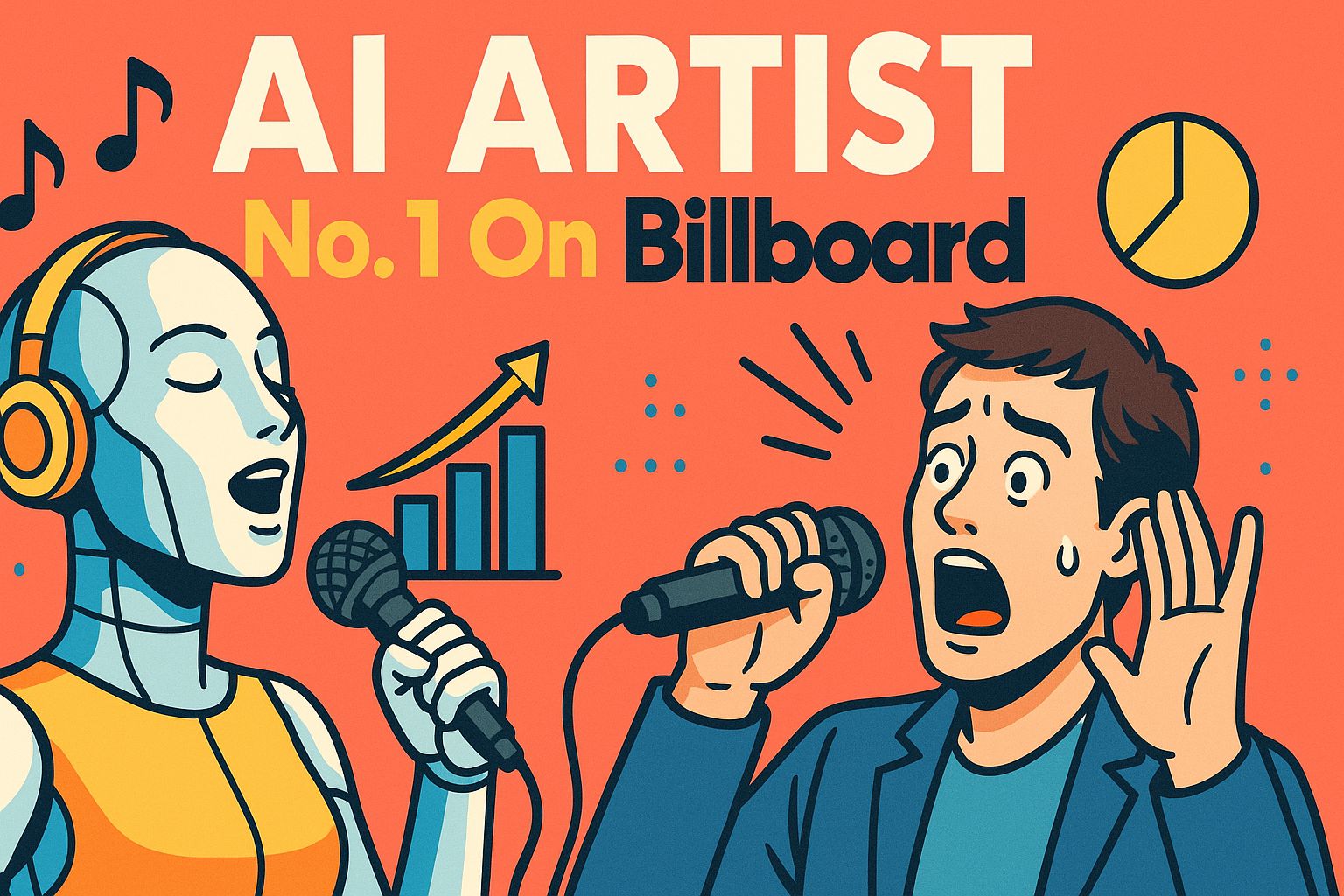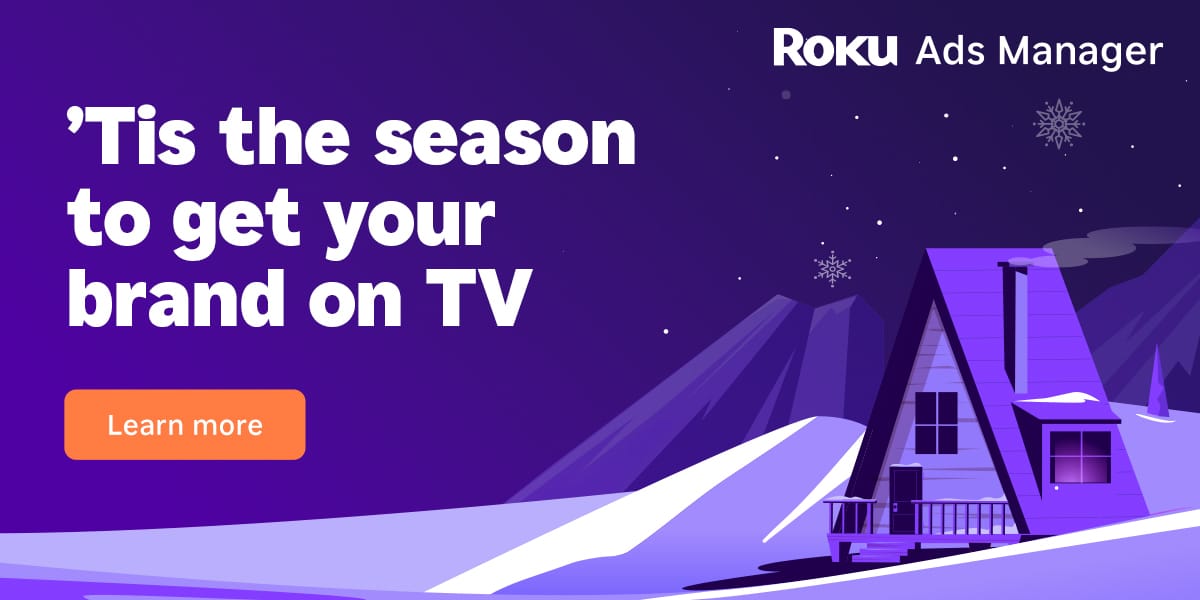- AI Enthusiasts by Feedough.com
- Posts
- AI Artist No. 1 On Billboard
AI Artist No. 1 On Billboard
An AI hit song, GPT-5.1 personalities, and a new wave of builders, here’s what it all means.

Hey there,
An AI-generated country song just hit #1 on Billboard.
No human singer. No real artist. Just an algorithm and some cowboy hat stock photos.
"Walk My Walk" topped the Country Digital Song Sales chart this week. Over 3 million streams on Spotify. And nobody knew it wasn't real until music professionals started analyzing the audio.
Are we seeing the disruption of creative fields?
Let's talk about what's actually happening.
The Fake Country Star That Fooled Everyone
Breaking Rust has 2 million people listening every month. And none of it is real.
The artist is entirely AI. The profile photo is generated. The moody cowboy aesthetic on Instagram with tens of thousands of followers, all fake.
Jason Palamara, a music technology professor at Indiana University, listened to that song once and knew immediately. "After listening to 'Walk My Walk' one time, it was pretty obviously the product of AI," he told Newsweek.
But here's what matters: millions of people didn't notice. They just hit play, felt something, and streamed it again and again.
We're at a point where the boundaries between AI and humans are blurring fast.
So does that mean synthetic artists will soon outnumber real ones? It doesn’t sound impossible now.
GPT-5.1 Is Here With Different Modes
OpenAI released GPT-5.1 recently, and it's already the default model when you open ChatGPT.
The big change? Personalities.
You can now choose between several modes: friendly, efficient, professional, and strange. The base model (without personality selected) has been rolled back to GPT-4o's conversational style, the version everyone liked before they made it too formal.
There's more: GPT-5.1 now decides for itself how much time to spend on tasks based on complexity. No more fixed thinking time. It allocates resources dynamically.
Two versions are available right now:
Instant – Fast, talkative, immediate responses
Thinking – Slower, deliberate reasoning for complex problems
The question is whether four personality modes are enough, or if this is just the beginning of hyper-personalized AI assistants that mirror whoever you want them to be.
Universities Are Finally Teaching AI
Tennessee Tech just launched the first bachelor's degree in artificial intelligence in the state, starting fall 2026.
Not a "data science with an AI concentration." An actual AI degree. Courses in parallel programming, deep learning, human-AI interaction. The full stack.
This matters because until now, most universities treated AI as a specialization within computer science. That worked when AI was a niche field. It doesn't work when AI is the field.
Students graduating in 2030 will enter a workforce where AI literacy isn't a bonus skill, it's a baseline. In the future, companies will expect everyone to know how to work with these tools.
Tennessee Tech is just the first. More programs are coming. The infrastructure is being built right now for a generation that will treat AI the way millennials treat the internet: not as magic, but as infrastructure.
Microsoft’s Move
Microsoft also launched a youth council for AI product feedback. That's smart positioning, involving users in development before building the product.
The opportunity: AI user research as a service.
Companies building AI products don't know what their users actually need. Microsoft commissioned research across multiple countries to understand what teenagers want from AI features.
You can do this for any industry. Help companies building AI products understand their specific users before they launch. Run user research. Test prototypes. Identify what actually matters to the target audience.
This works because most AI products fail at product-market fit, not technology. The AI works fine. The product doesn't solve the right problem.
Position yourself as the bridge between AI capabilities and actual user needs.
What You Should Focus On
If you understand AI but aren't technical: Build content generation tools for specific industries. Find a niche with clear patterns like legal briefs, medical documentation, real estate listings, and create AI that handles the repetitive formatting work.
If you're technical: The gap between GPT-5.1's capabilities and what most businesses are using is massive. Build wrappers that make advanced features accessible to non-technical teams. Instant vs Thinking mode selection based on task type. Automatic prompt optimization. Output validation.
If you work in a specific industry: You know the patterns and pain points better than any AI developer. Partner with technical people to build tools for your industry. You provide domain expertise, they handle the AI implementation.
If you're a consultant or trainer: Corporate AI training is a wide-open market right now. Companies need their teams upskilled immediately. Build a curriculum that focuses on practical AI usage, not theory. Teach people how to actually use these tools in their daily work.
If you understand user research: AI companies are building products without proper user research. Offer user testing and feedback services specifically for AI products. Help companies understand what their users actually need before they waste resources building the wrong thing.
The Breaking Rust situation shows the pattern: AI content that matches established formulas can succeed at scale. Universities launching AI degrees shows institutions are 4 years behind market needs. GPT-5.1 splitting into specialized modes shows generic tools are dying.
The market moved faster than institutions could respond. That gap is where you build.
- Aashish
Shoppers are adding to cart for the holidays
Peak streaming time continues after Black Friday on Roku, with the weekend after Thanksgiving and the weeks leading up to Christmas seeing record hours of viewing. Roku Ads Manager makes it simple to launch last-minute campaigns targeting viewers who are ready to shop during the holidays. Use first-party audience insights, segment by demographics, and advertise next to the premium ad-supported content your customers are streaming this holiday season.
Read the guide to get your CTV campaign live in time for the holiday rush.

